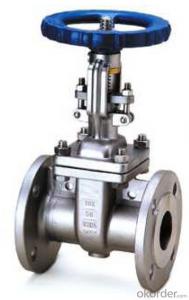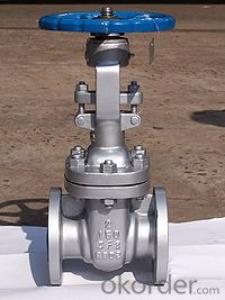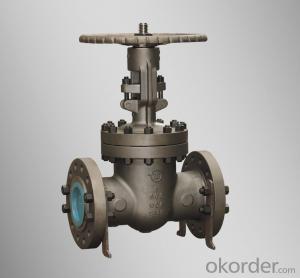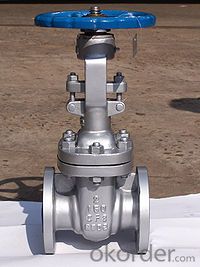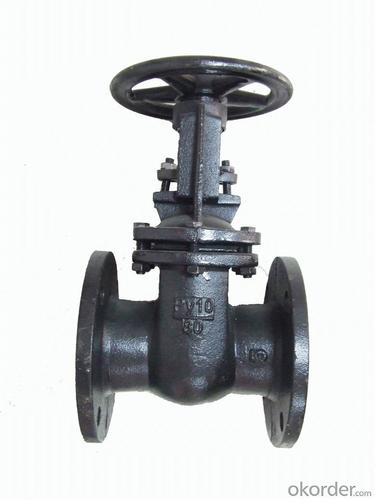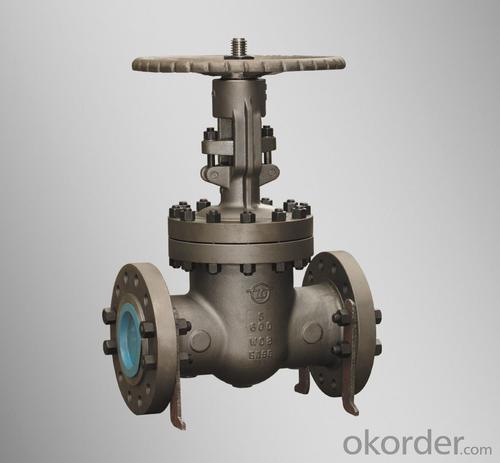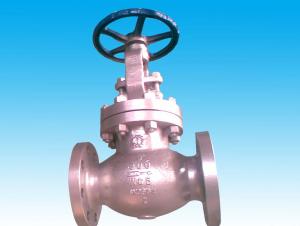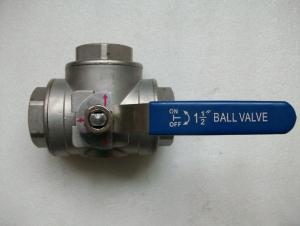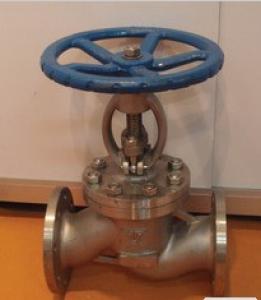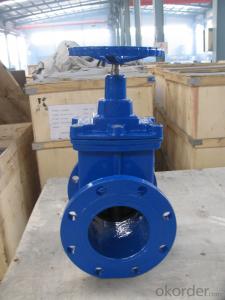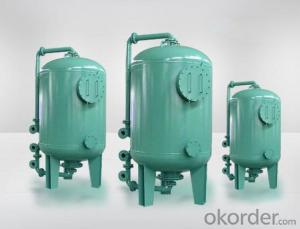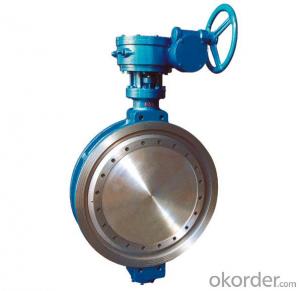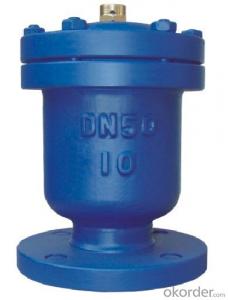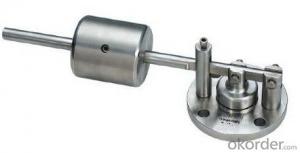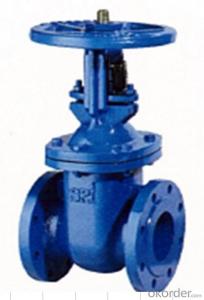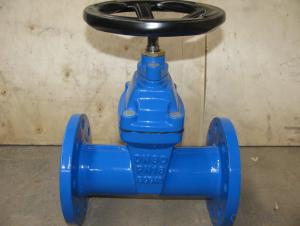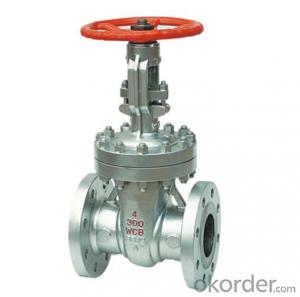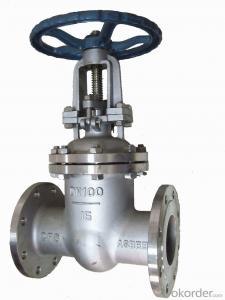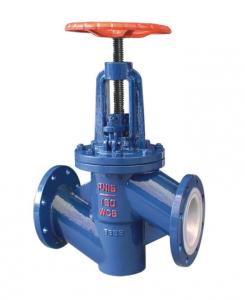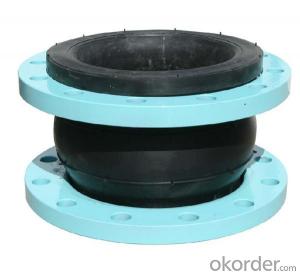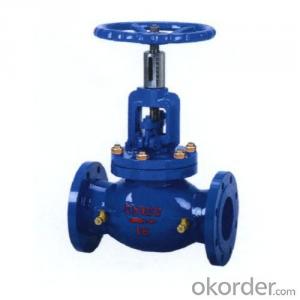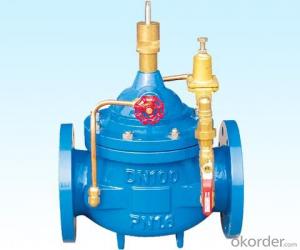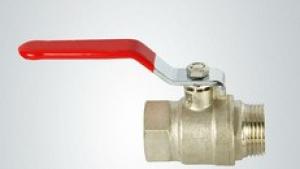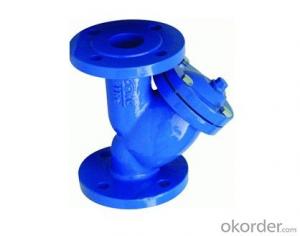Valve with Competitive Price from China on Hot Sale
- Loading Port:
- Tianjin
- Payment Terms:
- TT OR LC
- Min Order Qty:
- 100 pc
- Supply Capability:
- 10000 pc/month
OKorder Service Pledge
OKorder Financial Service
You Might Also Like
1.Structure of Gate Valve Description:
A gate valve, also known as a sluice valve, is a valve that opens by lifting a round or rectangular gate/wedge out of the path of the fluid. The distinct feature of a gate valve is the sealing surfaces between the gate and seats are planar, so gate valves are often used when a straight-line flow of fluid and minimum restriction is desired. The gate faces can form a wedge shape or they can be parallel. Gate valves are primarily used to permit or prevent the flow of liquids, but typical gate valves shouldn't be used for regulating flow, unless they are specifically designed for that purpose. Because of their ability to cut through liquids, gate valves are often used in the petroleum industry. For extremely thick fluids, a specialty valve often known as a knife valve is used to cut through the liquid. On opening the gate valve, the flow path is enlarged in a highly nonlinear manner with respect to percent of opening. This means that flow rate does not change evenly with stem travel. Also, a partially open gate disk tends to vibrate from the fluid flow. Most of the flow change occurs near shutoff with a relatively high fluid velocity causing disk and seat wear and eventual leakage if used to regulate flow. Typical gate valves are designed to be fully opened or closed.When fully open, the typical gate valve has no obstruction in the flow path, resulting in very low friction loss.
2. Main Features of the Gate Valve:
• Valve body cavity using non-toxic epoxy resin,both inside and outside flashboard completely is coated with rubber
• Free of water pollution
• High manufacturing accuracy
• High strength
• Environmental protection and energy saving
• Good visual effect
3. Images
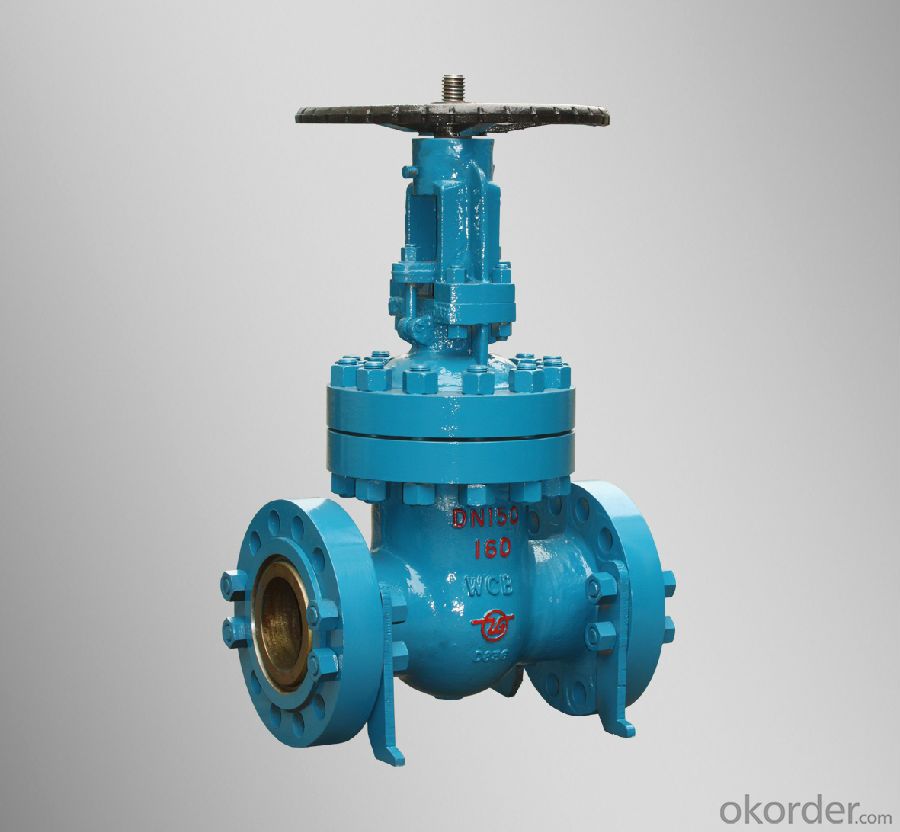
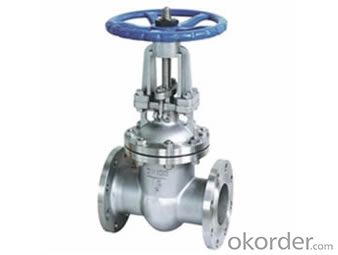
4. FAQ
1. What's are the characteristics of gate valve?
The distinct feature of a gate valve is the sealing surfaces between the gate and seats are planar, so gate valves are often used when a straight-line flow of fluid and minimum restriction is desired. The gate faces can form a wedge shape or they can be parallel.
2. What is the work principle of gate valve ?
The gate faces can form a wedge shape or they can be parallel. Gate valves are primarily used to permit or prevent the flow of liquids, but typical gate valves shouldn't be used for regulating flow, unless they are specifically designed for that purpose. Because of their ability to cut through liquids, gate valves are often used in the petroleum industry.
3. What is the structure?
Bonnets provide leakproof closure for the valve body. Gate valves may have a screw-in, union, or bolted bonnet. Screw-in bonnet is the simplest, offering a durable, pressure-tight seal. Union bonnet is suitable for applications requiring frequent inspection and cleaning. It also gives the body added strength. Bolted bonnet is used for larger valves and higher pressure applications.
- Q: Is the valve clockwise?
- Tap water valve is generally divided into two kinds, one is ball valve, and the other is gate valve. The ball valve wrench is vertical when the water pipe is closed, is a twist or reverse, 90 degrees wrench and water pipe is open when the direction; valve handwheel clockwise turn off, anti clockwise turn is open. Valve in the application should not be twisted too tight, so as to avoid the thread buckle, spool off. Ball valve applications save effort and durability.
- Q: What are the valves at home?
- Valve used in the family is commonly used, the following are several:On the water pipe are: total table of the ball valve (32mm), in charge of the (25mm), as well as for the toilet, washbasin, water heater angle valve (20mm).Other commonly used gas pipelines, valves, pressure reducing valves and the like.
- Q: What does the valve "4" mean?
- This is an inch inch size, 4 inches =1/2 = 25.4mm = 12mm
- Q: What is the choice of pneumatic valve or electric valve for ultrafiltration inlet control valve?
- Pneumatic valve compared to the electric valve, the valve can be the same, rubber lined butterfly valve or other valves, pneumatic valve opening speed (Basic 1 second can be fully open), the price is lower than the electric valve. But there must be process air (4-6bar compressed air). According to my experience, if the scene has compressed air, it is recommended to use pneumatic valve, if there is no compressed air, it is recommended to use electric (electric valve expensive, open valve slow).
- Q: What does the 4 point valve mean?
- Commonly used valves, pipes in the 4 points, 6 points, an inch, is the earliest use of the length of the British unit, metric units are 15, 20, 25 mm, and now people are also used to call 4 points, 6 points, an inch.1 inches =25.4 mm1 feet =12 inches1 inches =8 cents
- Q: According to the original valve installed on it, but never demolished, I am afraid to force over, will not be broken? The old valve, that part of the remaining three tubes tight.
- The new spool to buy off, installed in the old spool that. You don't have the same brand. You may not be able to load it. It's better to have the same brand
- Q: How do I open the gas valve?
- First of all, you have to determine the direction of the valve opening, usually homeopathy, it is off, the reverse is open. First: to determine the opening of the valve, are generally ball valve, screw 90 degrees on it. Second. At the top of your house, there is a button that can be pulled out. It's different from place to place. Some are pulled out half, and some are pulled out.
- Q: What are the uses and differences of gate valves, butterfly valves, ball valves and other valves?
- Valve and ball valve is generally used in the main pipe, long-term use, butterfly valve is often used frequently,
- Q: How big valves are used in the DN90 pipeline?
- If you use a 97 tube, the inner diameter of 89- phi 90., nominal pressure is low, then try to use DN80, DN80 valve diameter of 80, you can try butt welding
- Q: Where is it installed, what is the role, what is the material, and are there other alternatives instead of this effect?
- Valve packing in the valve under the gland to prevent leakage, you can use ordinary asbestos rope and butter emergency replacement
Send your message to us
Valve with Competitive Price from China on Hot Sale
- Loading Port:
- Tianjin
- Payment Terms:
- TT OR LC
- Min Order Qty:
- 100 pc
- Supply Capability:
- 10000 pc/month
OKorder Service Pledge
OKorder Financial Service
Similar products
Hot products
Hot Searches
